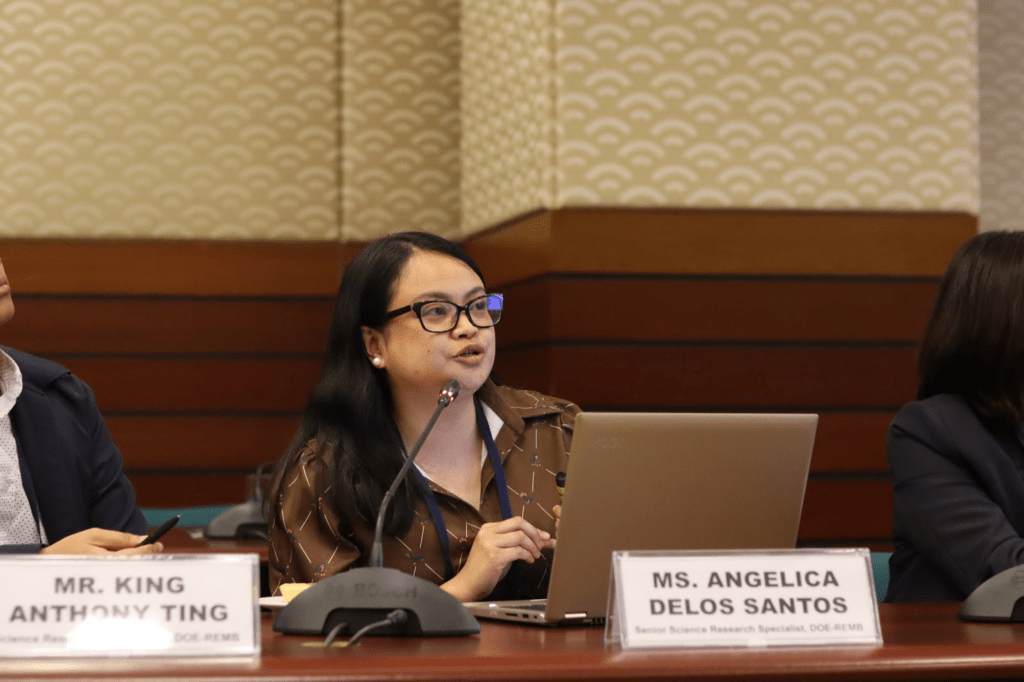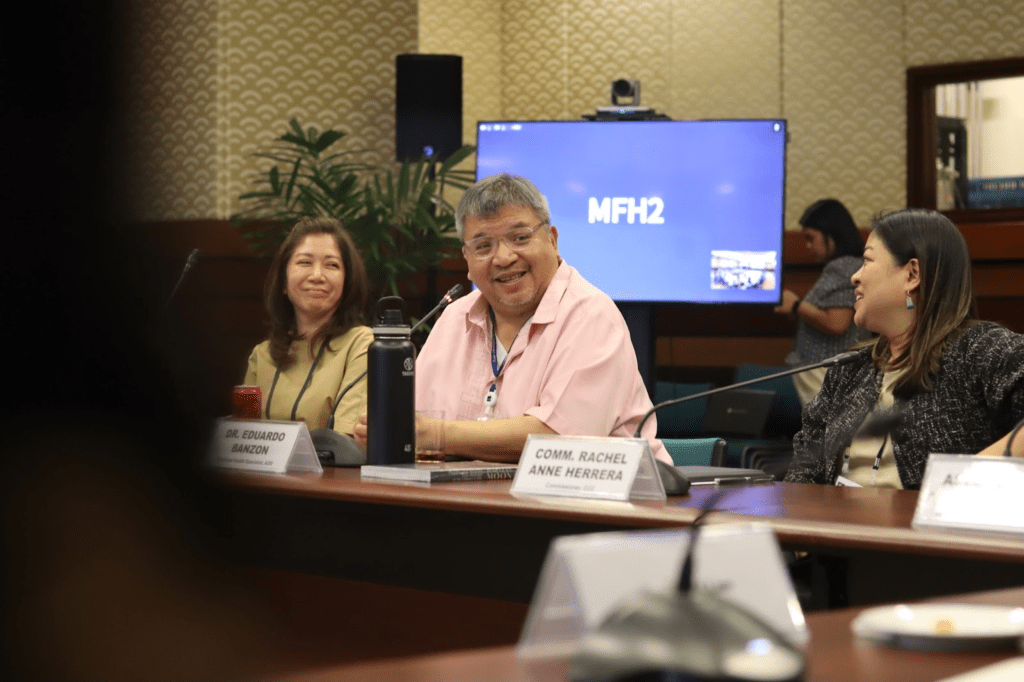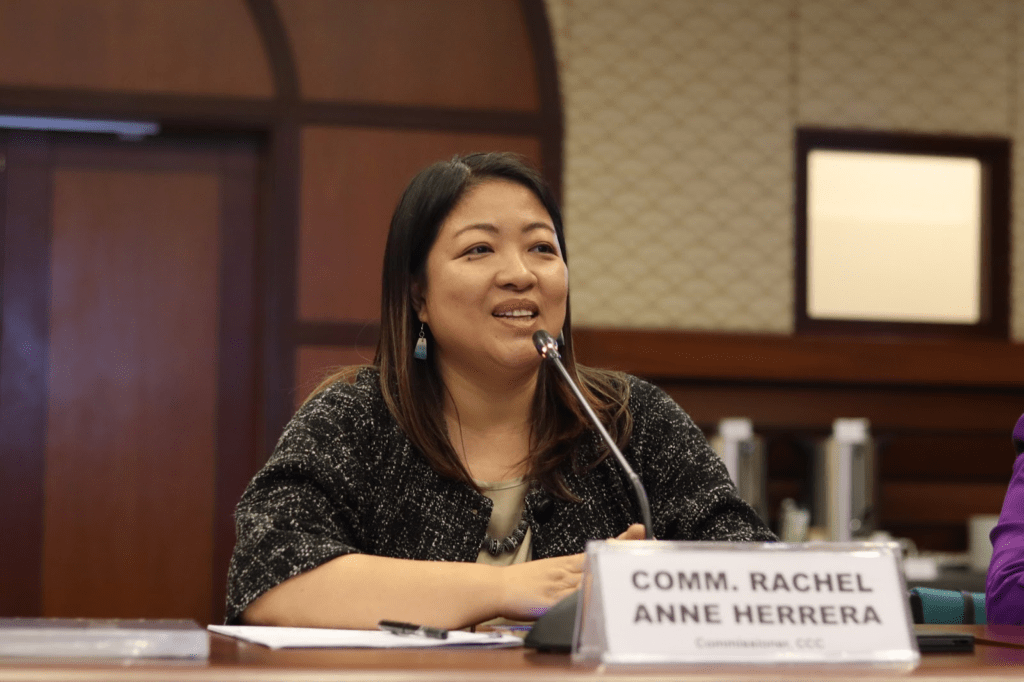DOH demands GEOP, renewable energy for healthcare facilities
02 April 2023, Quezon City — The Department of Health (DOH) and the Department of Energy (DOE) explored renewable energy pathways, including the Green Energy Option Program (GEOP), to help transition healthcare facilities to cleaner and cheaper sources of energy.
This transpired during the meeting held at the Asian Development Bank (ADB) on 26 March 2024, entitled “Making Renewable Energy Accessible To Health Facilities,” which was organized by the ADB, in partnership with The Climate Reality Project Philippines. The Climate Change Commission (CCC) and the Institute for Climate and Sustainable Cities (ICSC) expressed support for the initiative.

The Case of Transitioning the Health Sector to Renewable Energy
The healthcare industry in the Philippines has recognized the need to take action towards addressing climate change, given the significant risks it poses to public health and economic well-being.
Highlighting the healthcare sector’s significant energy consumption—contributing around five (5) percent of global greenhouse gas emissions, Dr. Eduardo Banzon, Principal Health Specialist of the ADB, called for a multi-stakeholder collaboration to transition healthcare facilities to renewable energy.
“The prospect of using renewable energy in our health facilities are viable ways for future proofing of investments [for health], and ensuring health infrastructures are capable of adapting to the modern challenges of global warming,” Atty. Charade B. Mercado-Grande, DOH Assistant Secretary for Health Regulation and Facility Development Cluster (HRFDC), said during the event.

Angelica Marie David, Energy Policy Manager of the ICSC, emphasized that integrating renewable energy into the healthcare sector can lead to a more sustainable financial portfolio and cost savings. By moving away from the current fixed-rate energy market, hospitals can stabilize their operational expenses through reduced power costs. These savings can then be redirected towards improving patient care and facility maintenance.
Accessing the Green Energy Option Program
The growing demand for renewable energy in the health sector is drawing attention to consumer-specific energy mechanisms stipulated in the Renewable Energy Act of 2008.
Ian Soqueño, the Energy Lead of the Climate Reality Philippines, presented how GEOP can be a pathway for health facilities to source 100% renewable energy without capital costs, adding that GEOP can be an entry point or stepping stone for hospitals towards energy self-sufficiency, while avoiding emissions and generating savings.
To date, four (4) hospitals were recorded to have switched to renewable energy through GEOP, namely: Asociacion Benevola De Cebu, Mercado General Hospital Sta. Rosa, Mercado Ambulatory and Surgical Centers, and Urology Center of the Philippines.

DOH Undersecretary Emmie Liza Perez-Chiong acknowledged GEOP as a practical tool for the health sector to achieve a resilient health system that safeguards the needs of the present and future generations. Meanwhile, the DOE underscored the role of GEOP as a viable mechanism to reach the country’s target to increase renewable energy in the power mix to 50 percent by 2040.
Despite the growing interest in GEOP, a key challenge lies in the current limited capacity on the supply side. Climate Reality Philippines urged the DOE to incentivize developers, investors, generation companies, and suppliers to address this gap by investing in renewable energy infrastructure. Additionally, the organization called for policy amendments that favor both consumers and suppliers within GEOP.
Way Forward
Having established a united front to accelerate hospital access to renewable energy, Undersecretary Perez-Chiong called for further interagency collaboration to expedite this initiative.
Additionally, Dr. Melissa T. Sena, the Director of DOH Health Facilities Development Bureau, requested for technical assistance for capacity building and energy audits for healthcare facilities and staff. This strengthens the sector’s commitment to aligning sustainability practices with renewable energy principles.
The Energy Department, on the other hand, committed to implementing policies and initiatives to bolster the country’s renewable energy infrastructure, benefiting both public and private sectors.

This roundtable discussion also commenced the Climate Reality Philippines’ nationwide campaign to promote GEOP across various sectors, including healthcare, telecommunications, academia, and tourism. More regional conferences focusing on matchmaking eligible end-users and renewable energy suppliers are slated this year.
To learn more about GEOP, click here.

